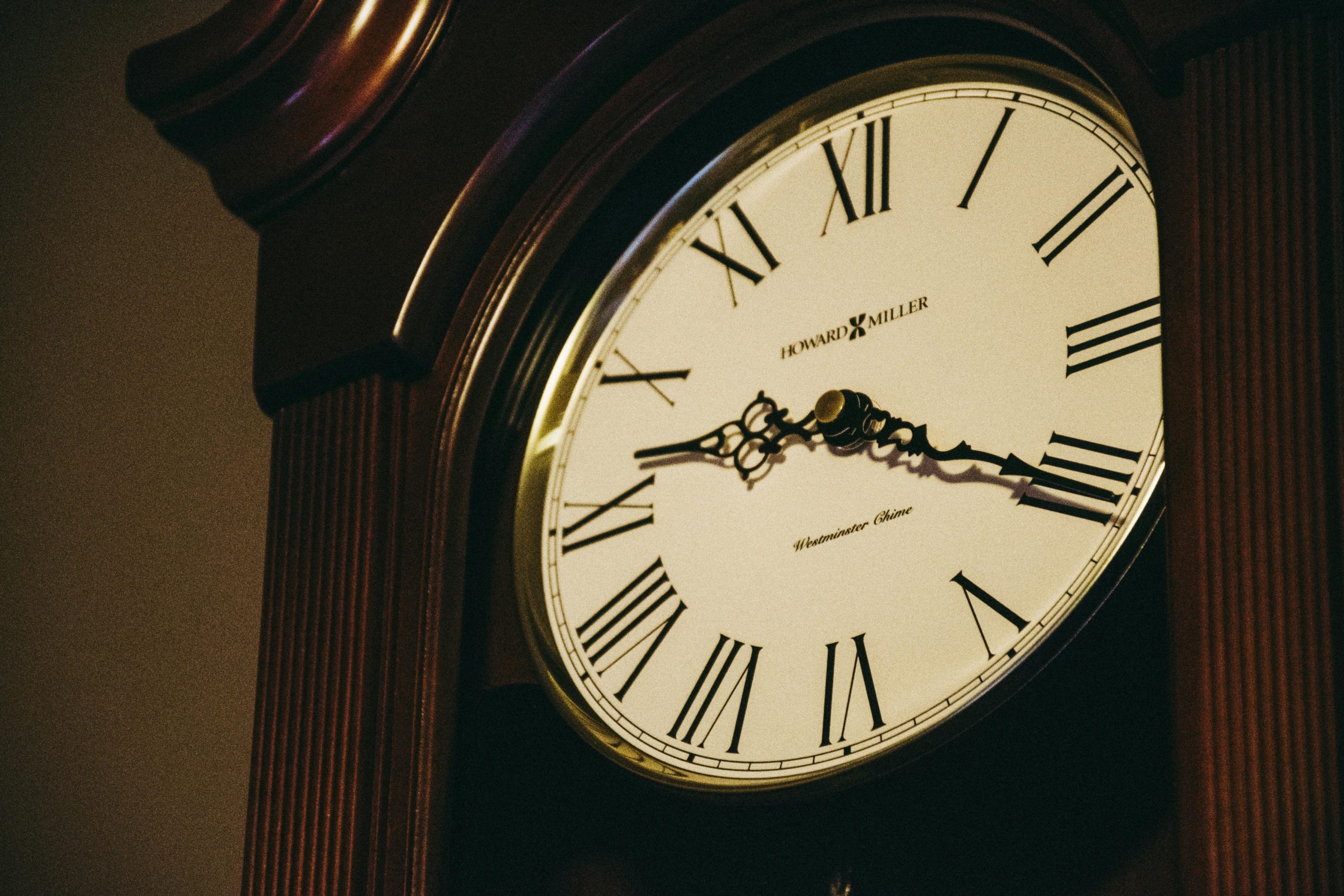Rare antique clocks and exceptional art treasures reveal centuries of history and craftsmanship. These timeless pieces combine technical mastery with exquisite design, offering collectors not just beauty but a story. Exploring their origins, unique features, and preservation tips uncovers a world where art meets precision, inviting both enthusiasts and newcomers to appreciate their lasting value and cultural significance.
An Overview of Rare Antique Clocks and Elegant Art Treasures
La Pendulerie is a premier gallery renowned for its exceptional collection of antique horological pieces and decorative arts. Their focus on rare antique clocks spans from the late 17th to early 19th centuries, emphasizing the importance of these timepieces in horological history and collecting. Antique art styles showcased include Louis XVI, Empire, and Rococo, reflecting Europe’s evolving artistic expressions.
In the same genre : How to Accurately Calculate BTU Requirements for Cooling a Mid-Sized UK Living Room
The gallery excels in preserving and showcasing these treasures, combining technical mastery with artistic craftsmanship. They feature antique mantel clocks, cartel clocks, skeleton clocks, and other rare artifacts with original mechanisms and gilding. Their restoration workshop is a trusted resource for private collectors and institutions like the Paris Musée des Arts et Métiers, ensuring each piece retains its authenticity and historical integrity.
Visitors and collectors benefit from educational resources, highlighting the cultural significance of these works. For more insights into their collection and craftsmanship, you can view more details on this page: https://www.lapendulerie.com/en/. This page explains it in detail: https://www.lapendulerie.com/en/.
Additional reading : Revamp Your UK Apartment: Ingenious Vertical Gardening Tips for Tiny Outdoor Spaces
Identifying and Valuing Rare Antique Clocks
Techniques for Authenticating Antique Clocks
Precision in identifying authentic antique clocks begins with the movement: check for rare maker’s marks, serial numbers, and period-specific craftsmanship. Antique clock appraisal frequently involves detailed comparison of intricate mechanisms with documented standards from renowned famous clockmakers of the past. Period design features, such as engraved brass plates or rare wood cases, can link a piece to a specific historical time and enhance its provenance in art collecting. Many forgeries mimic well-known styles but lack the refined detail or proper patina, making careful study essential for vintage clock collecting.
Factors Influencing Market Value
Antique clock appraisal hinges on several criteria. The rarity of a movement or the reputation of a famous maker greatly impacts value, as does the originality of both mechanical and decorative elements. Restoration status and the condition of delicate engraving, enamel, or original finishes are central in assessing rare antique timepieces. Market trends in antique collectibles and recent rare clock auction trends also guide both buyers and sellers. Investment-focused collectors prize mechanically complete, well-documented pieces—especially where provenance in art collecting is clear.
Preservation and Restoration Best Practices
Restoration of antique clocks demands handling fragile materials skillfully. La Pendulerie’s restoration experts follow preservation techniques for vintage clocks, ensuring original artistry remains intact. Their careful approach aligns with best practices for the restoration of antique clocks, protecting legacy and sustained value for future generations of collectors.
Exploring Art and Decorative Fineness in Antique Collections
The Artistic Heritage of Clock Design
Baroque, Rococo, and Empire antique art styles shaped rare antique timepieces, infusing them with expressive forms, symbolic motifs, and opulent details. Many antique mantel clocks display mythological scenes in bronze or porcelain, echoing core decorative arts and merging timekeeping with sculptural appeal. Materials such as gilt bronze, rare woods, and crystal were chosen to enhance both visual and material value, aspects evaluated closely in any antique clock appraisal. Attention to detailed clock mechanism parts—not just the cases—distinguishes these museum-quality antique clocks and conveys the depth of craftsmanship traditions.
Integrating Clocks with Fine Art Collections
Combining antique clocks and art displays, collectors often position ornate wall clocks with vintage paintings or rare sculpture collections for heightened ambience. Classic fine art collections may feature clocks from famous clockmakers of the past integrated with works from historic art movements to create harmony. Museum-quality antique clocks and paintings, when displayed together, highlight the synergy between merging timekeeping and decorative art a recurring theme in top exhibitions and classic interior design with antiques.
Preservation Techniques for Antique Art
Careful preservation underpins the ongoing beauty of both rare antique timepieces and decorative antiques for home. Protecting fragile antique surfaces especially original gilding requires specialty varnishes and climate control for art and clocks. Restoration of antique clocks or paintings benefits from expert knowledge of antique art styles, ensuring historical authenticity. Meticulous restoration cases, focusing on both clock dial restoration and the stabilization of canvas or marble, are crucial for maintaining lasting value and provenance in art collecting.
Rare Antique Clocks and Art: Value, Identification, and Collecting Insights
Value determinants for rare antique timepieces are grounded in authenticity, craftsmanship, and the reputation of famous clockmakers of the past. Mechanical movements, especially those with rare clock patents and innovations, tend to be more prized than their quartz or digital counterparts. Key factors influencing antique clock appraisal include prominent maker’s marks, well-documented provenance in art collecting, and the overall integrity of the mechanism and case.
When identifying authentic antique clocks, collectors should seek original serial numbers, inspect the movement for distinctive features, and cross-reference historical clock design influences. Details like sculptural antique clocks or rare wood and materials in clocks enhance desirability, especially for museum-quality antique clocks. Accurate identification boosts confidence during rare clock auction trends, positioning extraordinary pieces at the highest end of the collecting spectrum.
Vintage clock collecting demands an understanding of restoration of antique clocks, particularly in distinguishing between original finishes and modern work. Mastery of preservation techniques for vintage clocks and art conservation techniques ensures longevity, making such treasures a mainstay in classic fine art collections. For those pursuing collecting art and clocks as an investment, knowledge in art appraisal methods and cataloging an antique collection is invaluable.




